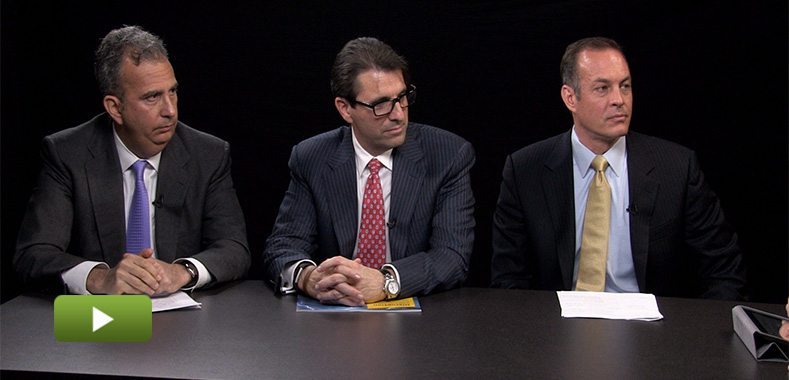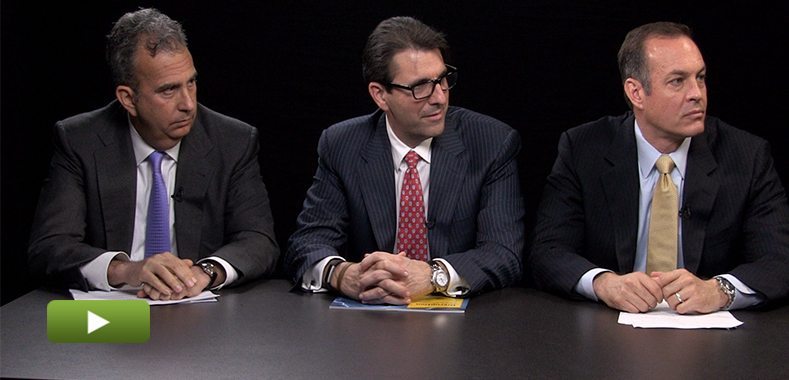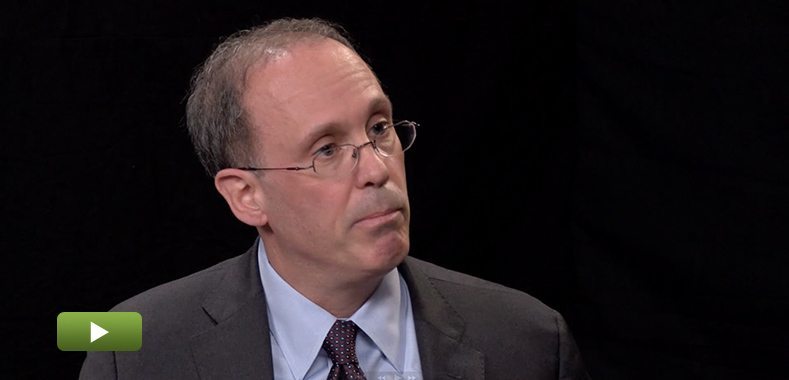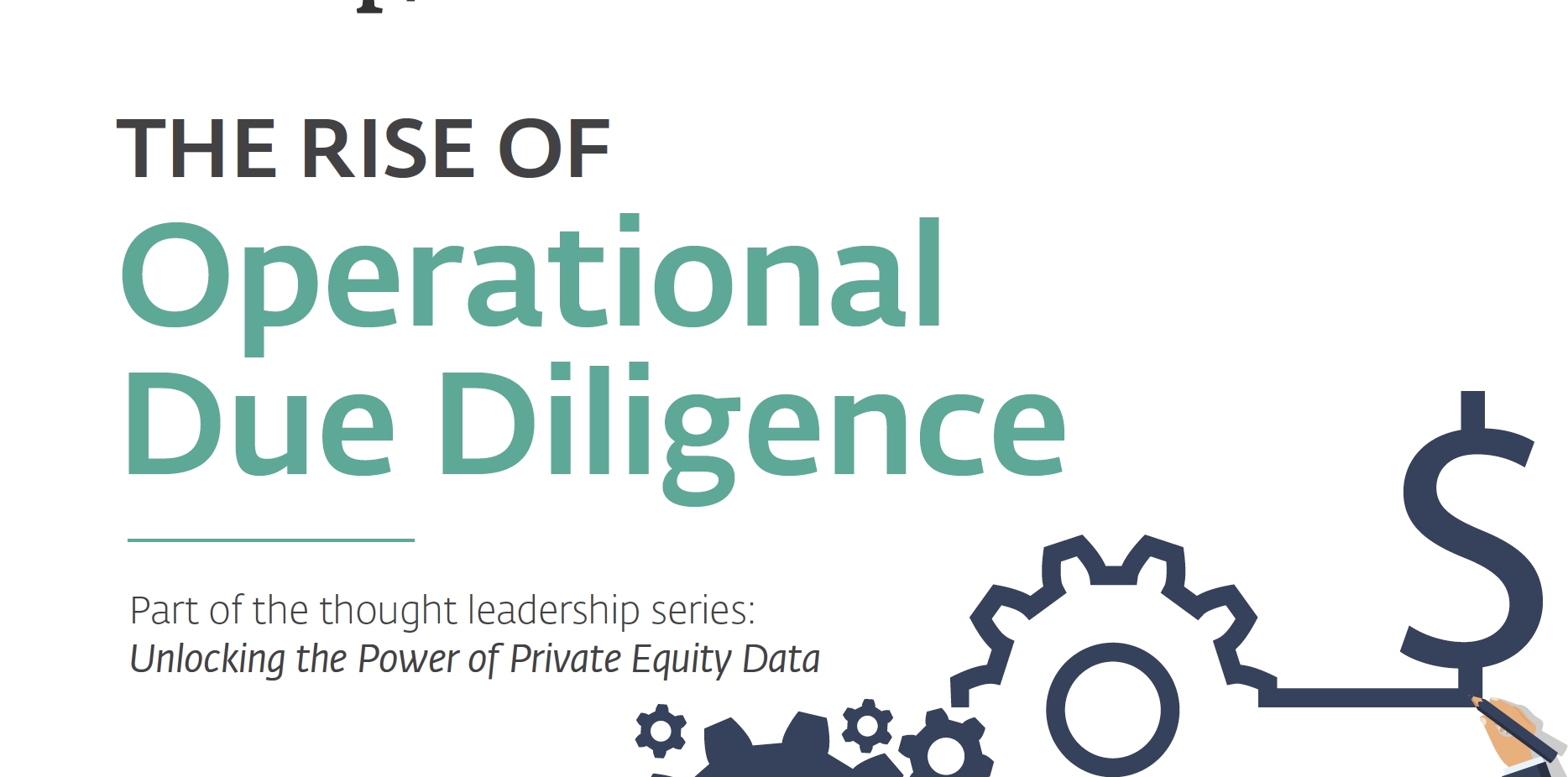Why Fee Transparency is the New Reality
A PE firm associate goes on a long trip to meet with portfolio companies but also to conduct research into new investment opportunities. What is the appropriate way to allocate those expenses? What procedures must be in place to ensure a firm is in compliance with its fund documents? What pressures are investors and the SEC applying to the PE industry to make fee allocation more transparent?
Transcript Download Transcript
Fee Transparency Is a Complex New Reality
PE’s Bold New Era of Transparency
David Snow, Privcap: Today we’re joined by Steven Millner of Gen II Find Services, Scott Zimmerman of EY and Ian Cameron of the Washington State Investment Board. Gentlemen, welcome to Privcap. Thanks for being here.
Unison: Thanks, David.
Snow: Transparency has become a very important topic in private equity and now, fee transparency is a very hot topic. The ILPA has come out with standards. The SEC is looking into it. Ian, from your perspective, where did this huge focus on fee transparency come from and why is there such a level of concern around it?
Ian Cameron, Washington State Investment Board: A lot of it originates with the SEC and some of the comments they made probably about four or five years ago now—I think the article was titled Spreading Sunshine in Private Equity. That really brought a lot of this into the limelight in a big focus. Since then, we’ve talked a lot about how there’s been greater transparency. I think the standard now is some level of transparency. What that does for an investor and a GP is there’s a confidence and trust-building going on—the more they can be candid and show us how these fees are going to be allocated, what’s going to be offset against management fees, what’s not going to be so there aren’t any surprises. It’s always disconcerting to us when you have an SEC investigation on a particular GP only to find out there was some misallocation or accelerated management fee or something else going on.
Scott Zimmerman, EY: Ian’s 100% right. The awareness campaign of the SEC started it all. And private equity has different types of fees and expenses where you have a transaction fee. You have capital fees. You just have different stuff that, over the years, has become shared between the manager and the LP. It just creates a natural tension. And, wait a minute—if you’re getting that money, are you really allocating it the right way? What we’ve seen now is managers actually reach out to accounting firms, the auditing firms that come in, and start to provide some procedures over that where they can deliver an opinion to the LP. It’s not an audit, but it’s an agreed-upon procedure. It’s a low-level attestation, but it’s there.
Steven Millner, Gen II Fund Services: If you look at side letters that limited partners impose upon general partners, you’ll see more language in there that says they want an attestation from the chief operating officer of the fund. They want that attestation to be clear and transparent as to how the fees were calculated. You look at side letters and you’ll also see things they want to have an agreed-upon model in advance as to how the carried interest works. So, the awareness that the SEC has put forth has, in fact, rippled through to all the market participants.
Cameron: Yeah. And I think the industry itself was weak before. We talked about how there’d be one paragraph in an LPA where now you’ve got pages of documents describing these expenses. That really was from this SEC push. When they went in there, they realized it wasn’t that you could call out the GPs as having done something wrong. There was nothing in there prescribing how it was going to work, so they did it in whatever way they felt was appropriate.
Millner: The complexity about how transactions are executed has gone up in nature. So, when you look at the growth of private equity, it’s a natural, as Scott said, the governance needed to catch up with the asset class. Now you’re starting to see that.
Snow: I would imagine that on the firm level, an increased focus on how fees are allocated has to trickle down to everyone in the firm, right? As a cultural transformation, how is that going so far?
Millner: Let me give you an example of how low it goes. We see this because we service private equity funds, as you know. We also work on the management company where these expenses are, in fact, incurred. So, somebody takes a trip to visit a portfolio company. They have to fill out their expense report. They are actually making the decision when they fill out that expense report that that’s where the allocation takes place. That can occur in the back of a taxi, in an airplane, in somebody’s office or by an executive assistant. That’s where it starts, so you can appreciate how something fairly simple all of a sudden has so much significance.
Snow: Give an example of how, on that trip, an expense one minute would go to one place versus two minutes later, you’d have an expense going someplace else.
Millner: I’ll give you Murky. Murky is client who wants to visit a portfolio company. Let’s say that portfolio company is in Asia and the fund is in the U.S. Flying over to Asia—that’s a pretty expensive trip. It takes a lot of time. A sponsor meets with their portfolio company, spends a day or two there and says, “While I’m here and I spent all this money to come over, I’m going to go meet with some of the larger investment banks about other opportunities I might be interested in.” So, the sponsor spends a couple of extra days meeting with investment banks and then comes back.
Now, the question is, how do you charge that? Clearly, the portfolio company side’s pretty straightforward. That’s either going to be billed back to the portfolio company or the fund. But what about the other work that was done away from the portfolio company? Is that research? Generally speaking, research is a manager expense as opposed to a fund expense. That’s general—each fund is different. But now you have something that had two purposes. How do you consider that?
Snow: This could possibly be an associate at a private equity firm that has to allocate what part of the trip was going towards research versus—
Millner: Exactly, it goes back to someone has to fill out the expense report now. And that judgment is made when that expense report is being completed.
Cameron: Yes. And the private equity funds are not simple structures internally. So, you see the allocation piece of it is something that gets a lot of our attention now more than it probably has before, making sure that, exactly as Steve described, it’s about looking and saying, “What’s the appropriate place where this is going to be charged to?” Broken deal costs are another one. They have multiple entities that might run in parallel investing in the same vehicle, so how do they share those expenses and not overburden the primary fund? Some of these other sidecars that are going on—are they picking up their fair share of the expenses? I think it gets down to that level, too. Lots of complexity.
Zimmerman: You need to have policies and procedures. You need a road map. You need compliance to make sure that these investment professionals—whoever’s out there—are complying with that policy. There needs to be review. It’s not just up to the guy to write it down. I think that’s where things are maturing and everybody’s getting used to it now. There’s technology out there to help you do that, instead of in the back of the taxi.







